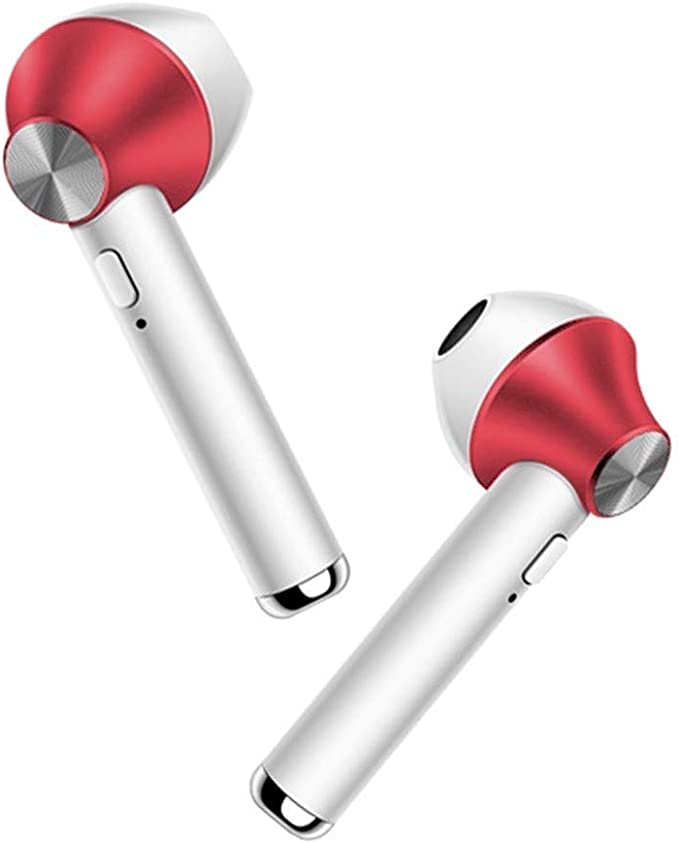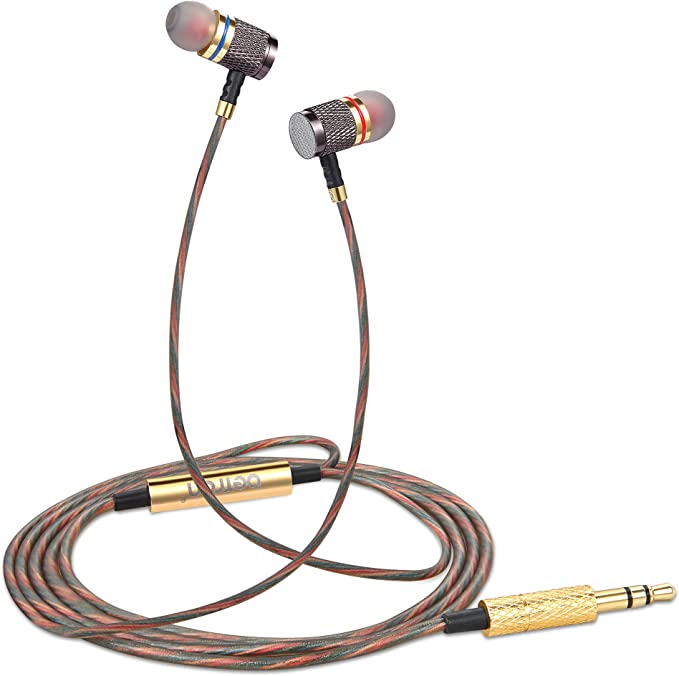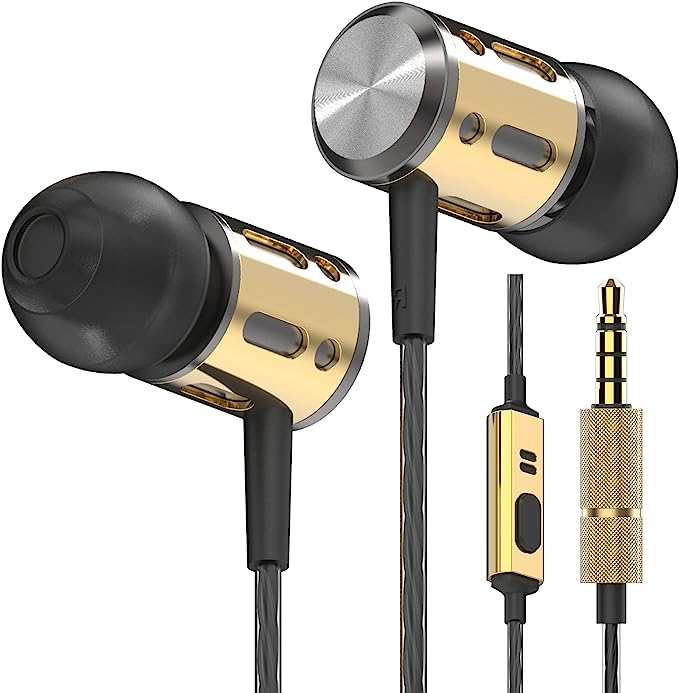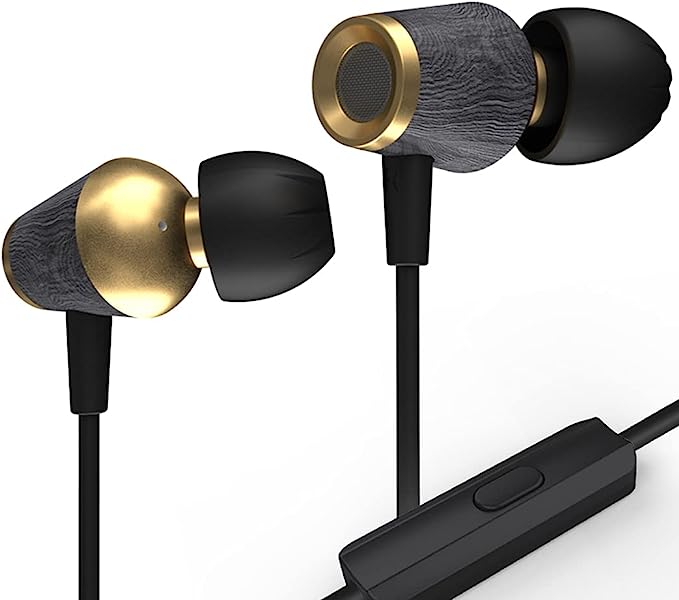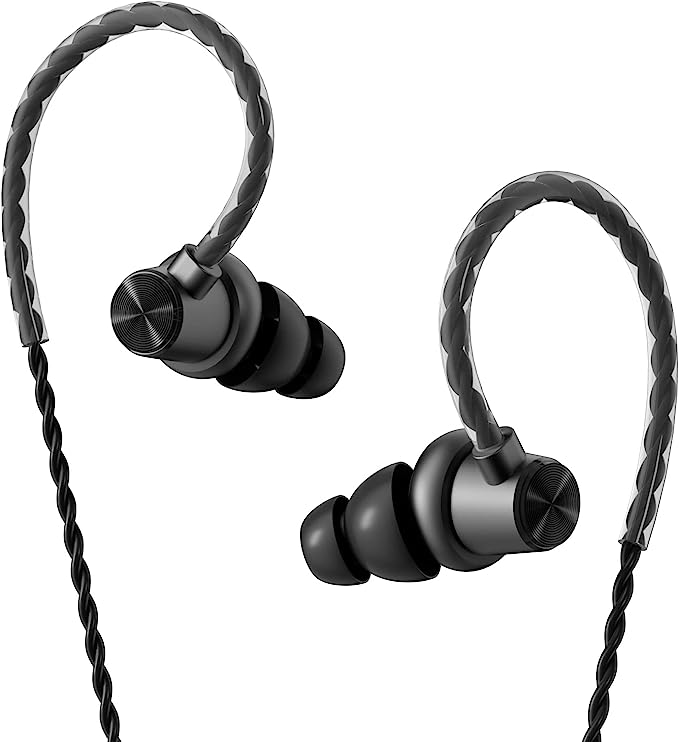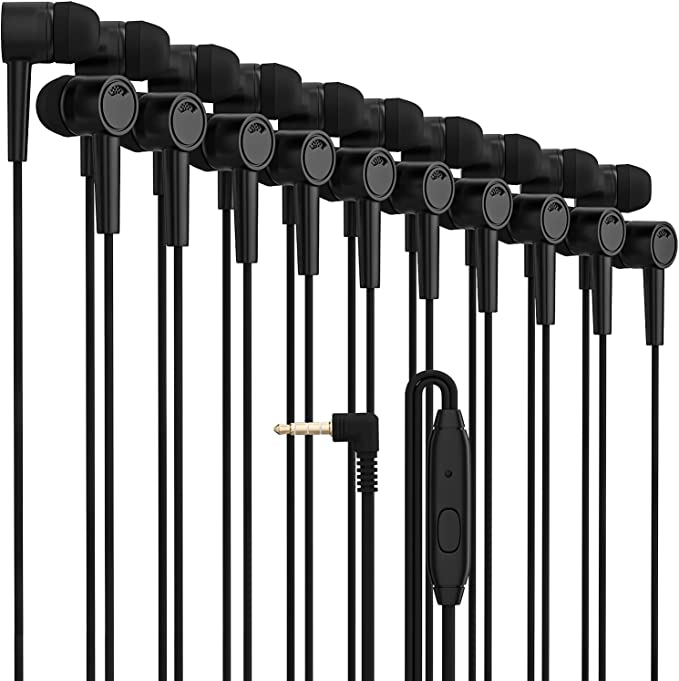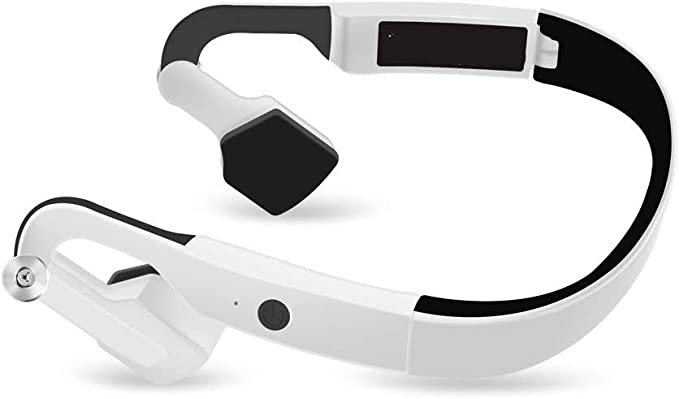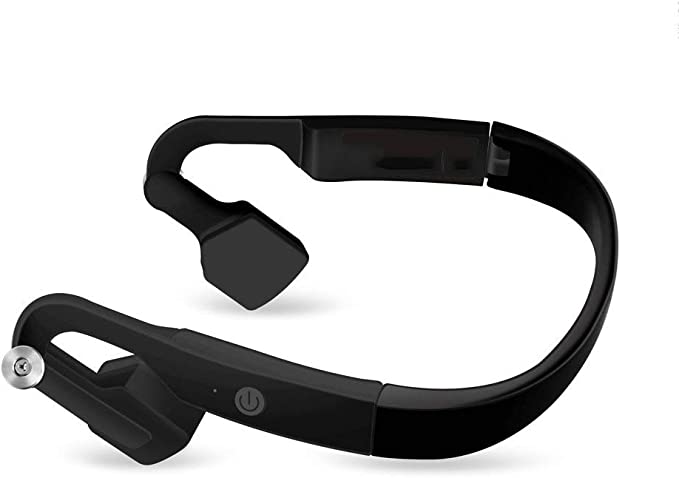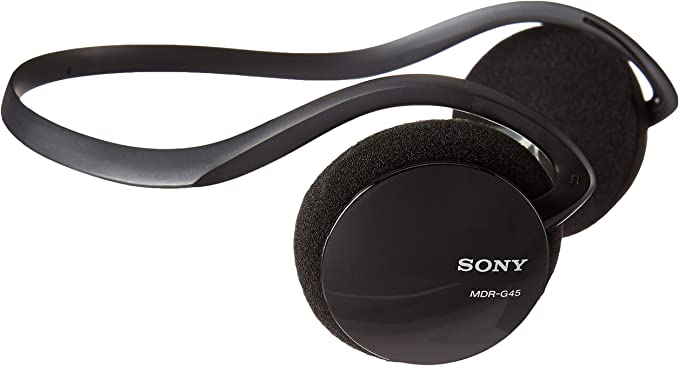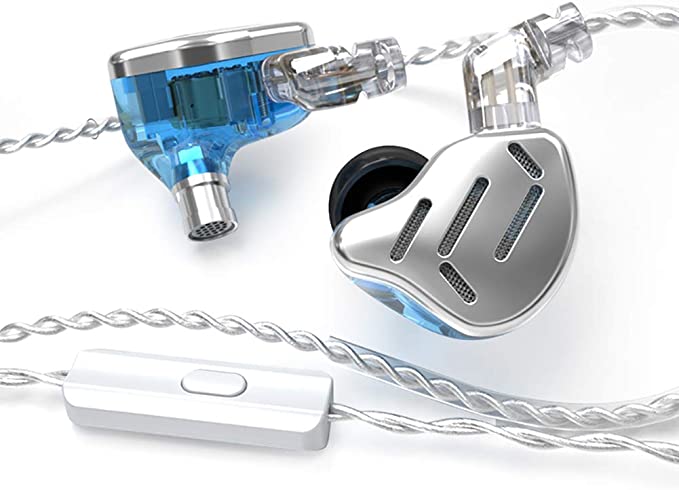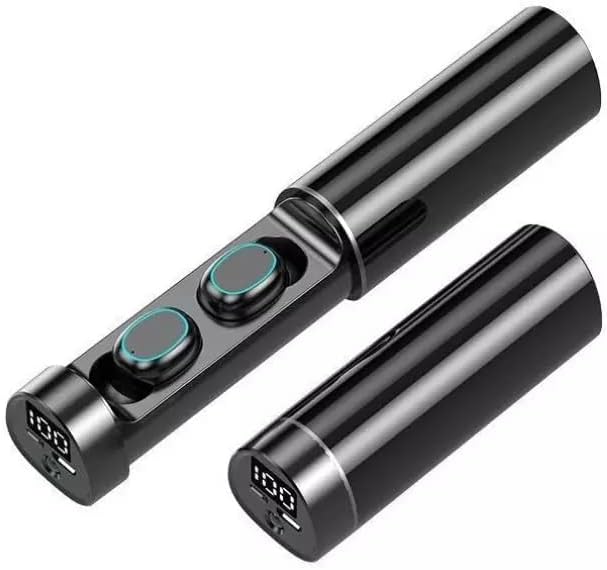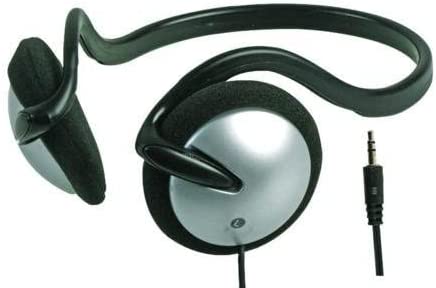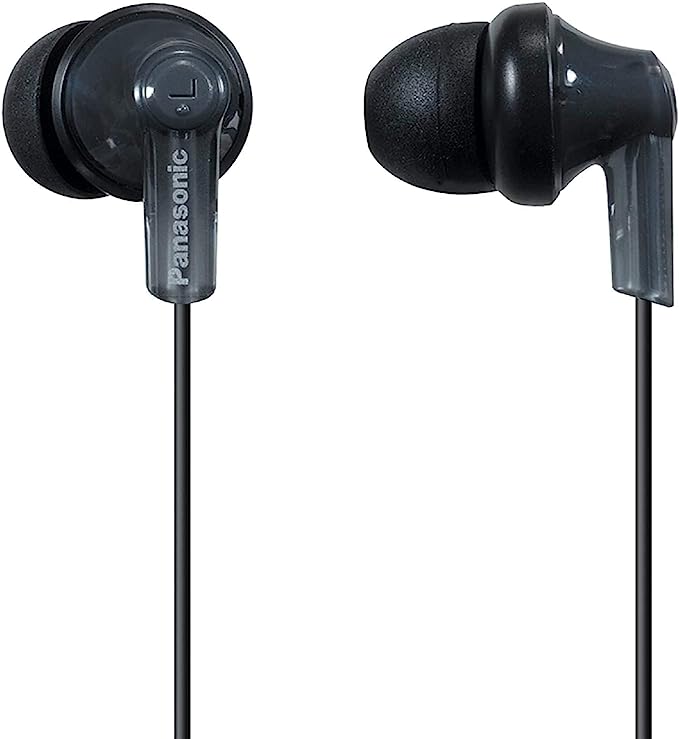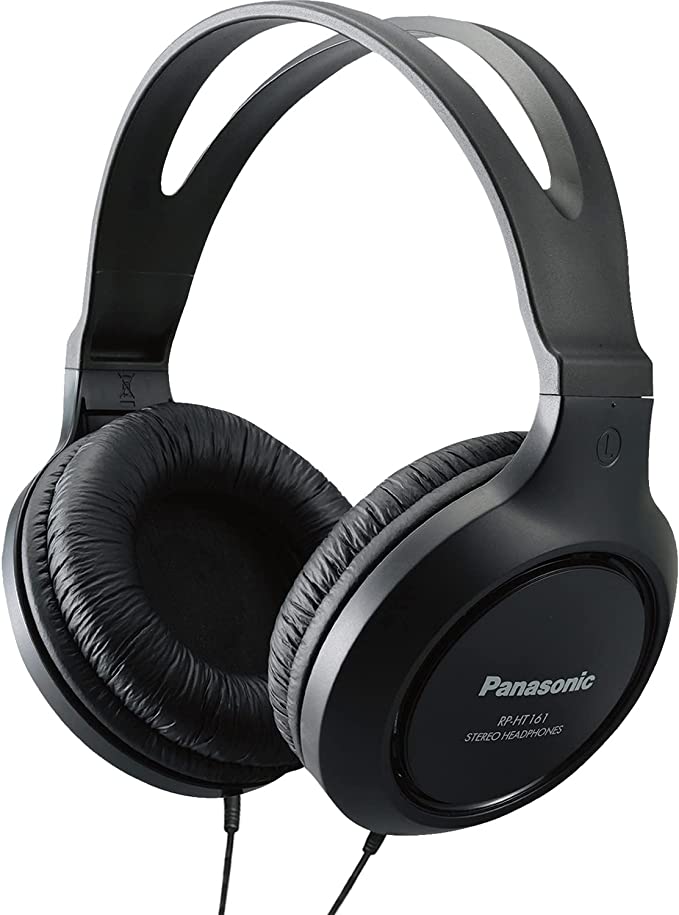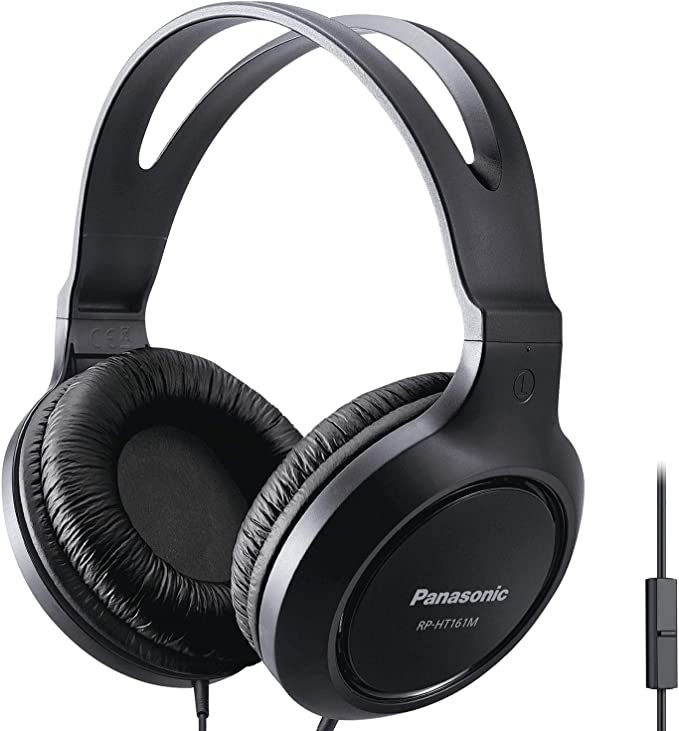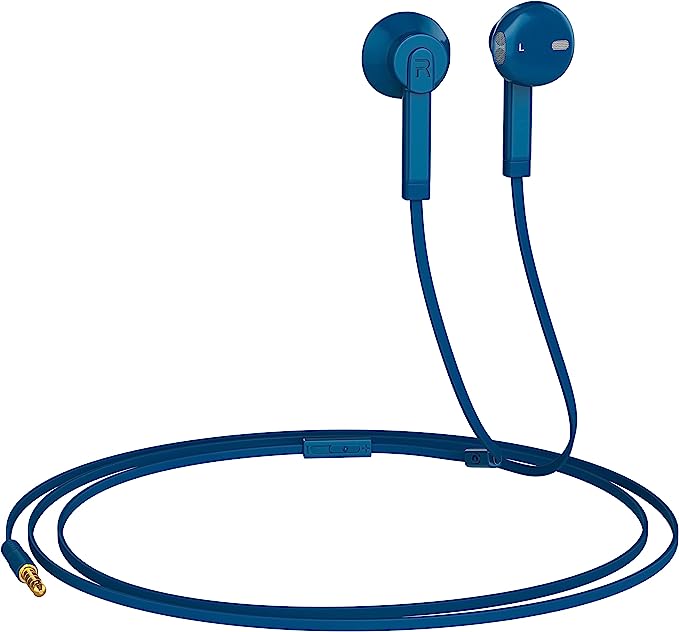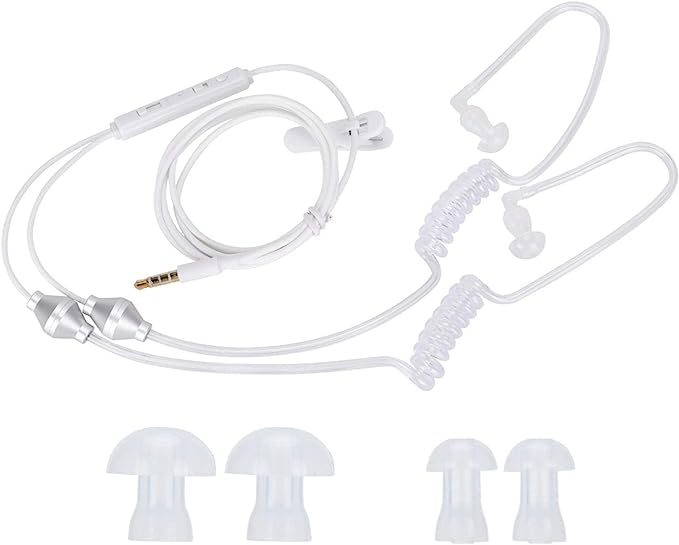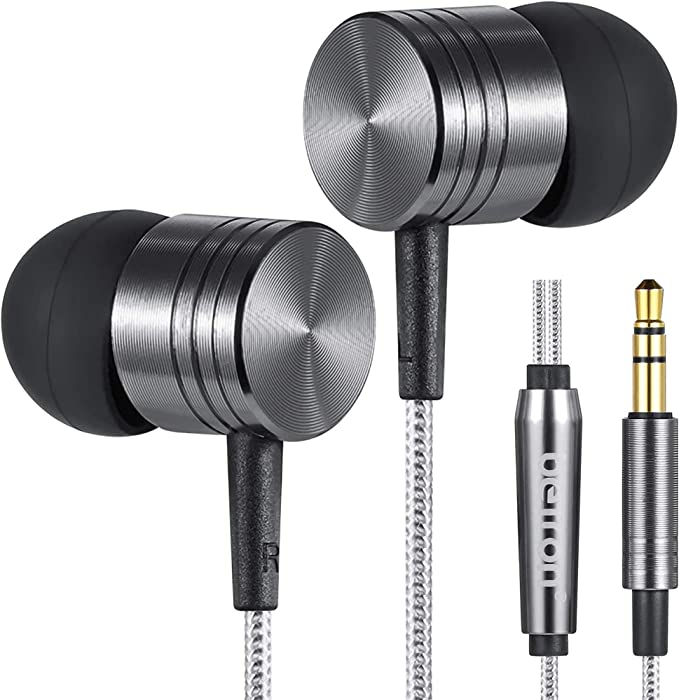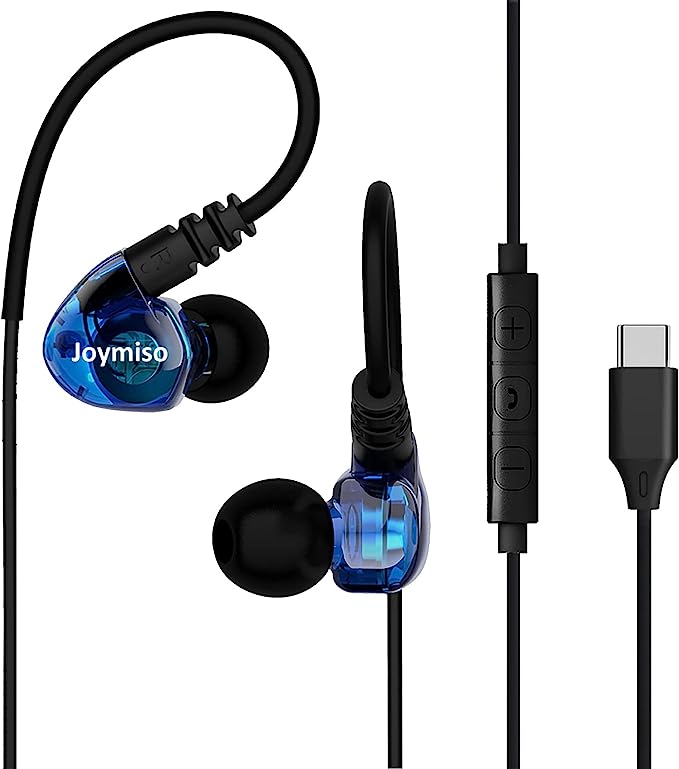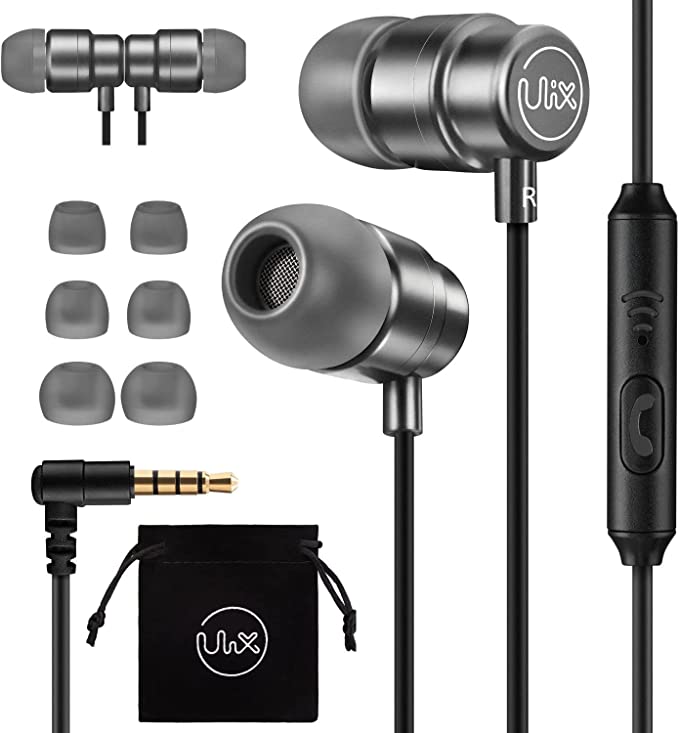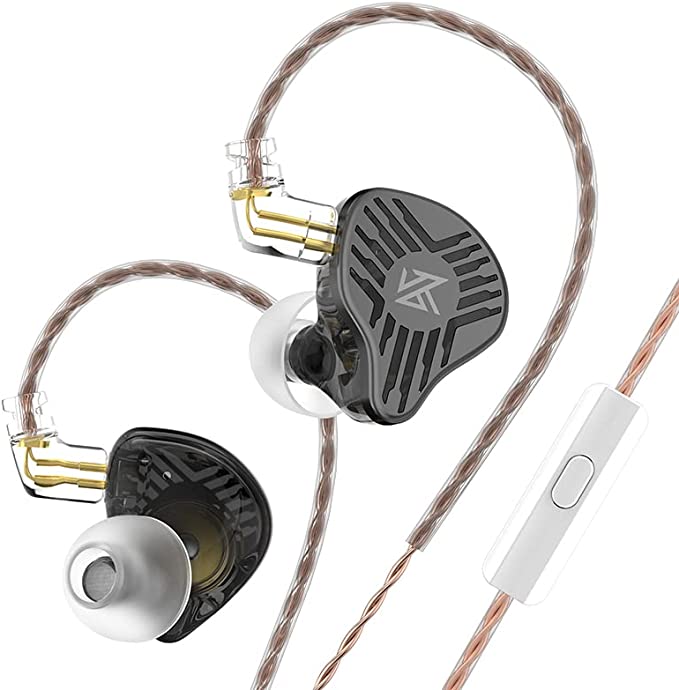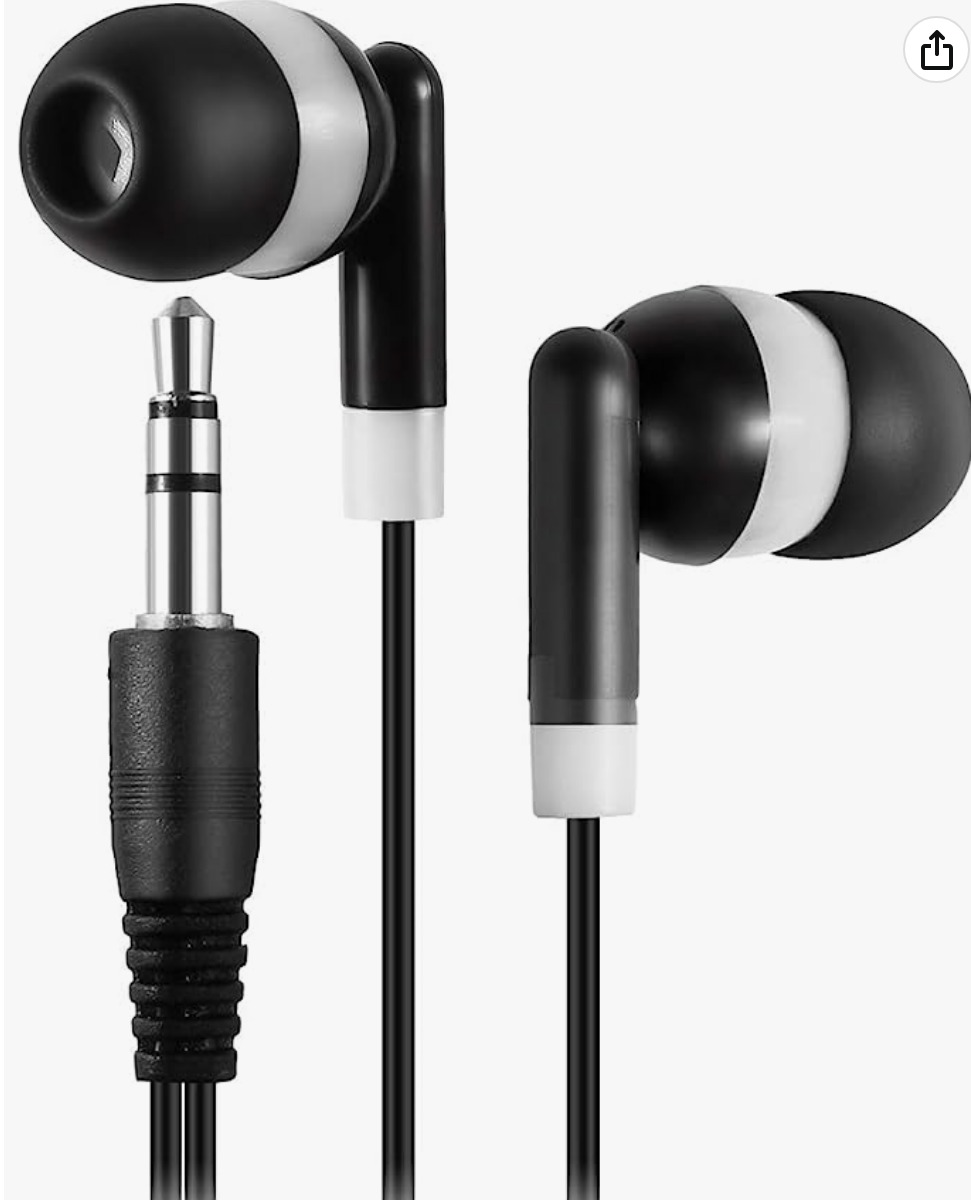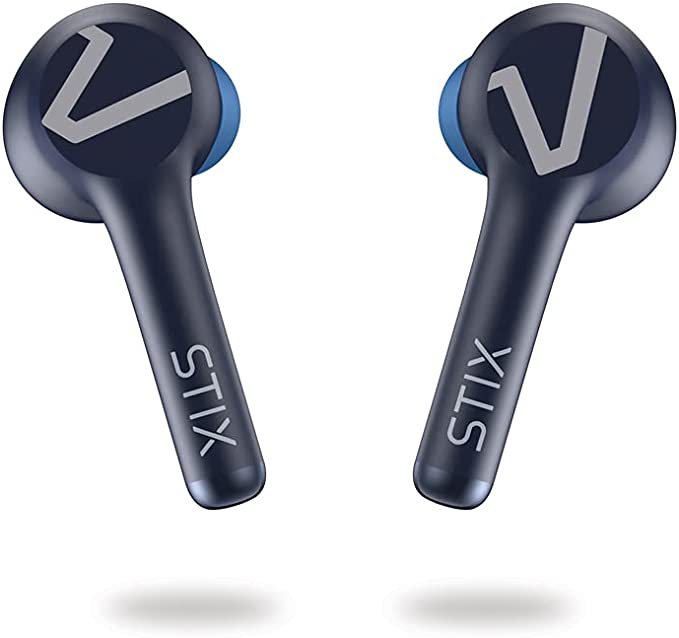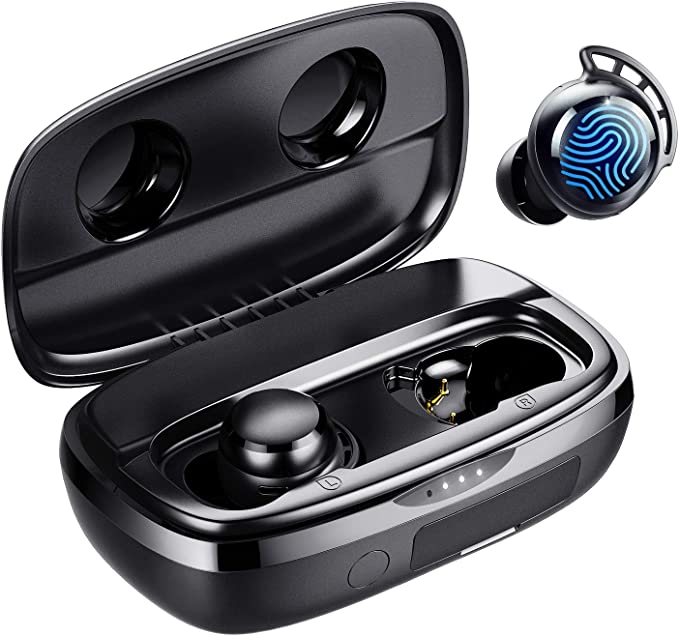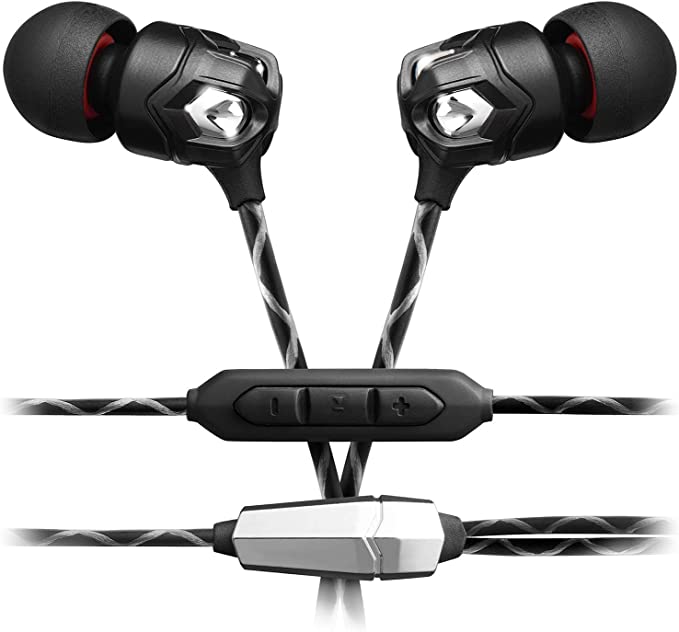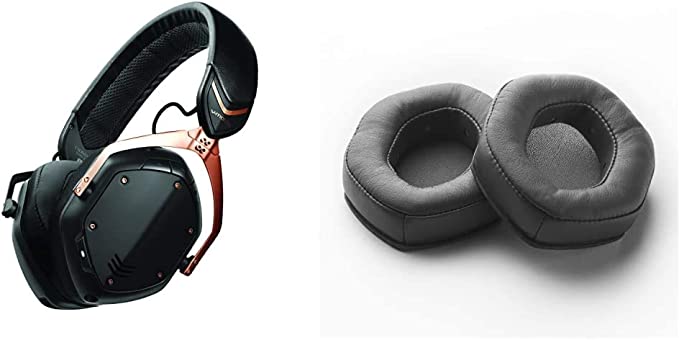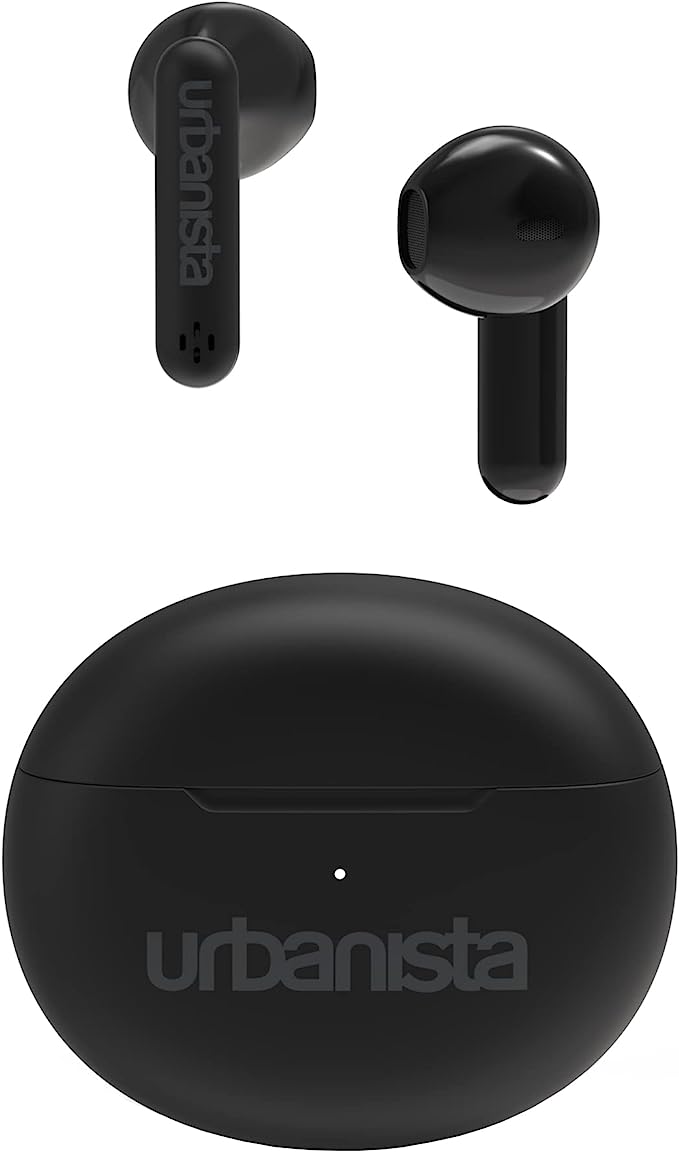Bastex F21B Universal Earphones: Tangle-Free Sound, Universal Compatibility
Update on Feb. 14, 2025, 12:20 p.m.
Have you ever pulled your earphones out of your pocket, only to find them in a hopelessly tangled knot? It’s a common frustration. We rely on these little devices to deliver our music, podcasts, and calls, but sometimes the technology itself seems to get in the way. As an audiologist, I’ve spent years studying the intricacies of sound and hearing, and I’m always fascinated by the engineering that goes into delivering audio experiences. Let’s explore the science behind sound and see how a simple pair of wired earphones, like the Bastex F21B, can bring it all together.

The Symphony of Vibrations
What we perceive as sound is actually a series of vibrations traveling through a medium, usually air. Think of dropping a pebble into a calm pond. The impact creates ripples that spread outward. Sound waves are similar, but instead of water, they travel through air molecules. These molecules bump into each other, creating areas of high and low pressure.
The frequency of these vibrations – how many times they occur per second – determines the pitch of the sound. We measure frequency in Hertz (Hz). A high-frequency sound, like a bird’s chirp, might have thousands of vibrations per second, while a low-frequency sound, like a deep bass note, might have only a few dozen.
The amplitude of the vibrations – how large the pressure changes are – determines the loudness of the sound. We measure loudness in decibels (dB). A whisper might be around 20 dB, while a rock concert could reach 120 dB or more. It’s important to protect your hearing from prolonged exposure to loud sounds, as this can cause permanent damage.
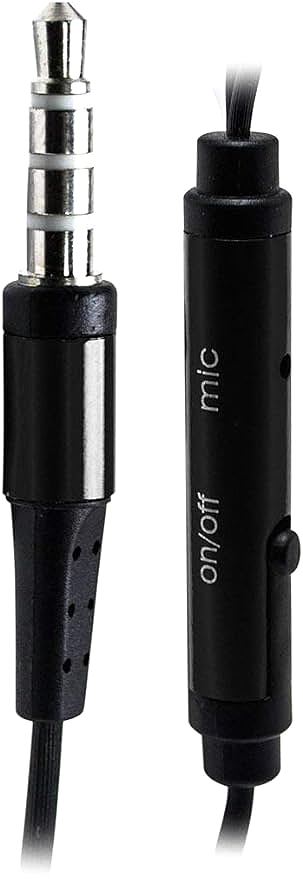
Your Ears: Nature’s Microphones
Our ears are remarkably sensitive instruments, capable of detecting a wide range of vibrations. The outer ear, the part we see, acts like a funnel, collecting sound waves and directing them into the ear canal. These waves then vibrate the eardrum, a thin membrane that acts like a drumhead.
The vibrations of the eardrum are transmitted through three tiny bones in the middle ear – the malleus, incus, and stapes (also known as the hammer, anvil, and stirrup). These bones amplify the vibrations and transmit them to the inner ear, specifically to a fluid-filled, snail-shaped structure called the cochlea.
Inside the cochlea, thousands of tiny hair cells convert these mechanical vibrations into electrical signals. These signals travel along the auditory nerve to the brain, where they are interpreted as sound. The amazing thing is that different hair cells respond to different frequencies, allowing us to distinguish between a high-pitched whistle and a low-pitched rumble. The typical human hearing range spans from 20 Hz to 20,000 Hz, although this range often shrinks with age or exposure to loud noises.
From Electricity to Sound: The Magic Inside Earphones
Earphones, like the Bastex F21B, perform the reverse process of our ears. They take electrical signals from a device, such as a smartphone or music player, and convert them back into sound waves. The heart of an earphone is the driver, a tiny loudspeaker.
Inside the driver, you’ll find a diaphragm, a thin, flexible membrane. An electrical current, carrying the audio signal, flows through a coil of wire attached to the diaphragm. This creates a magnetic field that interacts with a permanent magnet within the driver. The interaction between these magnetic fields causes the diaphragm to vibrate rapidly, mirroring the fluctuations in the electrical signal. These vibrations create sound waves that travel to your ears.
There are different types of earphone drivers, each with its own characteristics. Dynamic drivers, the most common type, use a relatively large diaphragm and are known for producing strong bass. Balanced armature drivers, often found in higher-end earphones, use a smaller, more precise mechanism and are known for their detail and accuracy. While we don’t have the exact specifications for the Bastex F21B’s driver, the customer reviews suggesting “good sound” point towards a likely dynamic driver design, optimized for a balanced sound profile within its price range.
The Bastex F21B: Unraveling the Features
The Bastex F21B Universal Earphones are designed for everyday listening, prioritizing practicality and affordability. Let’s break down some of its key features, examining the science behind them.
Tangle-Free Technology: The Science of Cable Design
The “tangle-free” cable is a major selling point. While the exact construction details are proprietary, we can explore the general principles. The key to preventing tangles lies in the cable’s material properties and physical design.
The cable likely uses a material that is both flexible and resilient – able to bend easily without kinking permanently. Think of it like a garden hose: a stiff hose is more likely to kink than a flexible one. The cable’s outer sheath may also have a low-friction coating, reducing the tendency for the cable to snag on itself. The shape of the cable – round, in this case, as opposed to flat – also plays a role. Round cables tend to coil more naturally than flat ones, which can fold and crease more easily.
The Universal Connector: 3.5mm Jack
The Bastex F21B utilizes the venerable 3.5mm audio jack, a connector with a surprisingly long history. Its origins trace back to the late 19th century, when it was used in telephone switchboards. The 3.5mm jack transmits an analog audio signal. This means the electrical signal is a direct representation of the sound wave – a continuous, varying voltage that mirrors the vibrations of the original sound.
The advantage of the 3.5mm jack is its widespread compatibility. It’s a standard connector found on a vast array of devices, from smartphones and laptops to MP3 players and gaming consoles. The Bastex F21B’s product description highlights this: “Compatible with all 3.5 mm audio jack smartphones and devices, including…”. This universality makes it a convenient choice for users who own multiple devices.
Built to Last: Metal Construction
The Bastex F21B’s earbuds are constructed from metal, a detail noted positively in customer reviews. Metal construction offers several advantages over plastic. It’s generally more durable, able to withstand more wear and tear. This is particularly important for earphones, which are often subjected to being tossed in bags, pockets, and drawers. The added “heft,” as one reviewer described it, also contributes to a feeling of quality and robustness.
The Wired Advantage in a Wireless World
In an age of increasingly wireless devices, it’s worth considering the continued relevance of wired earphones. While wireless earbuds offer convenience, wired earphones like the Bastex F21B have distinct advantages.
First, they don’t require batteries. This means no need to worry about charging or running out of power mid-playlist. Second, wired connections are generally more stable than wireless ones. You won’t experience the occasional dropouts or interference that can sometimes plague Bluetooth connections. Third, at a given price point, wired earphones often offer better sound quality than their wireless counterparts. This is because all the manufacturing cost can be focused on the audio components, rather than being split between audio and wireless technology.
Conclusion
The Bastex F21B Universal Earphones, while seemingly simple, embody a wealth of scientific principles. From the physics of sound waves to the engineering of the driver and the practicality of the tangle-free cable, these earphones represent a well-designed solution for everyday listening. They offer a reminder that sometimes, the most effective technology is the technology that stays out of the way, allowing you to simply enjoy the sound. And, perhaps most importantly, to always handle your audio experiences, and your ears, with care.
